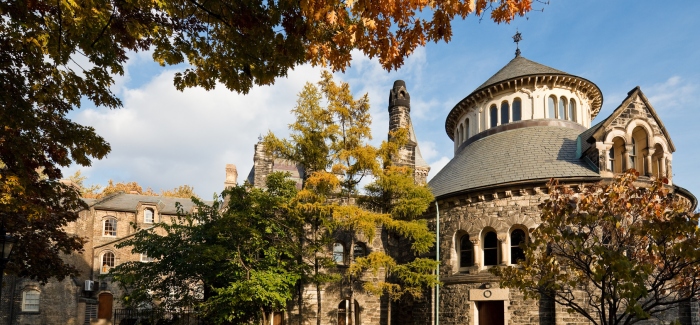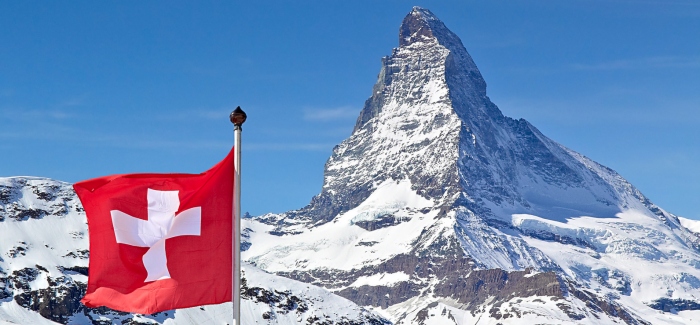If you’re planning to study at one of the top universities in Russia, you’re probably considering Lomonosov Moscow State University (MSU) and Saint-Petersburg State University (SPbGU). Just as Moscow and St Petersburg have competed for centuries as Russia’s rival seats of power, culture and urban life, these two universities have emerged as the country’s two leading lights in the world of higher education.
There’s even some friendly rivalry over which of the two is Russia’s oldest university. While Lomonosov Moscow State University was established in 1755, Saint-Petersburg State University claims to have originated in an earlier institution formed in 1724, having operated in its current guise since 1819.
Both of these two top universities in Russia are large institutions, with around 47,000 and 32,000 students respectively, and they both offer a comprehensive selection of courses across undergraduate and postgraduate levels.
They’re also both well-respected internationally, appearing in the top 250 of the latest QS World University Rankings®. Within the five fast-developing BRICS countries, Lomonosov Moscow State University fares particularly well, ranking sixth in the latest QS BRICS University Rankings, while Saint-Petersburg State University is 11th.
Read on for more details of how these two top universities in Russia perform in the BRICS rankings, and their strongest academic areas according to this year’s QS World University Rankings by Subject.
MSU Vs SPbGU in the BRICS rankings
Comparison based on the QS BRICS University Rankings 2019 |
||
|
|
Lomonosov Moscow State University |
Saint-Petersburg State University |
|
Academic reputation |
6th |
17th |
|
Employer reputation |
7th |
26th |
|
Faculty/student ratio |
4th |
14th |
|
Staff with a PhD |
48th |
73rd |
|
Papers per faculty |
148th |
168th |
|
Citations per paper |
251+ |
251+ |
|
International faculty |
49th |
118th |
|
International students |
10th |
32nd |
|
Overall ranking |
6th |
11th |
The latest data from the QS BRICS University Rankings shows Lomonosov Moscow State University ahead on seven of the eight performance indicators used, while both institutions follow a common pattern of strengths and weaknesses shared by many of the leading universities in Russia.
MSU stands out in particular for its strong international reputation. It’s rated among the top 10 universities in the BRICS countries by both academics and employers, comfortably ahead of SPbGU and other leading Russian universities in this domain. It also ranks among the leading BRICS institutions for the international diversity of its student community, having succeeded in attracting high numbers of students from outside Russia.
In general, Russian universities perform well on the faculty/student ratio indicator – and this holds true for MSU and SPbGU. Calculated based on the number of academic staff relative to student enrolments, this indicator seeks to assess institutions’ capacity for providing high-quality teaching and contact time.
Meanwhile, research production and impact levels are a shared weaker point. With a few exceptions – notably the highly cited National Research Nuclear University MEPhI – Russian universities tend to lag behind their BRICS counterparts when it comes to both numbers of papers published, and resulting citations.
Overall, however, the BRICS ranking shows these two leading institutions putting in a strong performance across a range of indicators. But how does the picture look when broken down by specific subjects?
MSU Vs SPbGU in the subject rankings
As illustrated by the table below, Lomonosov Moscow State University claims a much stronger presence in the QS World University Rankings by Subject than Saint-Petersburg State University. The former is featured in the international tables for 28 of the 48 subjects covered, and the latter for 15 subjects.
MSU performs particularly well in the natural sciences, claiming an international ranking for all seven of the natural sciences featured in the subject rankings. It also fares notably well in language-related areas – its four strongest placings are for linguistics (18th in the world), physics (joint 27th), mathematics (38th) and modern languages (joint 26th). Similarly, SPbGU claims its best positions for linguistics, modern languages and mathematics.
|
MSU and SPbGU in the QS World University Rankings by Subject 2018 |
||
|
|
Lomonosov Moscow State University (MSU) |
Saint-Petersburg State University (SPbGU) |
|
Archaeology |
101-150 |
-- |
|
Biological sciences |
151-200 |
401-450 |
|
Business & management |
151-200 |
201-250 |
|
Chemistry |
101-150 |
251-300 |
|
Computer science & information systems |
49th |
151-200 |
|
Earth & marine sciences |
101-150 |
-- |
|
Economics |
151-200 |
251-300 |
|
Education & training |
151-200 |
-- |
|
Engineering (mechanical) |
51-100 |
-- |
|
English language & literature |
51-100 |
-- |
|
Environmental sciences |
201-250 |
-- |
|
Geography |
151-200 |
-- |
|
History |
101-150 |
101-150 |
|
Hospitality & Leisure Management |
=41 |
-- |
|
Law |
51-100 |
151-200 |
|
Linguistics |
18th |
51-100 |
|
Mathematics |
38th |
51-100 |
|
Materials science |
151-200 |
-- |
|
Medicine |
301-350 |
451-500 |
|
Modern languages |
=26th |
51-100 |
|
Pharmacy |
151-200 |
-- |
|
Philosophy |
51-100 |
151-200 |
|
Physics & astronomy |
=27th |
151-200 |
|
Politics |
51-100 |
151-200 |
|
Psychology |
201-250 |
-- |
|
Sociology |
201-250 |
201-250 |
|
Statistics |
101-150 |
-- |
Are you planning to study at one of these two top Russian universities? Are you keen to experience the buzzing crowds, skyscrapers and sheer size of Moscow, or are you attracted by the slower pace, aesthetic appeal and sea air of St Petersburg? Share your own experiences and opinions in the comments below.
Want more content like this? Register for free site membership to get regular updates and your own personal content feed.
This article was originally published in July 2015 by Laura Bridgestock. It was updated in November 2018 by Sabrina Collier.












